NIAID Scientists Begin Study of New Coronavirus
The novel coronavirus is shown in this colorized transmission electron micrograph. The spikes on the surface of the virus particle give this family of viruses its name, corona, or Latin for “crown.” (Image credit: NIAID/RML Beth Fischer)
These first two cases sparked fears among scientists of a new SARS-like outbreak. SARS—severe acute respiratory syndrome—also is caused by a coronavirus, which in 2003 spread rapidly from person to person, sickening more than 8,000 people and killing more than 900 worldwide. Until SARS, most scientists viewed coronaviruses as relatively harmless causes of the common cold.
In late November 2012, after a lull that made scientists optimistic, the case count climbed to nine people, including five deaths.
Seeking the Best Animal Model
In response to the outbreak, Drs. Heinz Feldmann and Vincent Munster at NIAID Rocky Mountain Laboratories (RML) in Hamilton, Montana, began studies of the novel coronavirus in Syrian hamsters and rhesus macaques. Their partners at Erasmus University in The Netherlands are conducting similar tests in ferrets and cynomolgus macaques. The groups are coordinating their work to determine which species may be the most suitable to study as a model of human infection. The same four animal species are used to study other human respiratory diseases, most notably SARS, influenza, and hantavirus.The new coronavirus is closely related to coronaviruses isolated from bats, suggesting that these animals might be its natural carrier. The RML Virus Ecology Unit conducts research on viruses that originate from bats, such as Ebola and Nipah, and this new coronavirus underscores the need for NIAID research on infectious disease ecology and natural carriers, or reservoirs, of infectious agents.
Responding to an Emerging Virus
“The virus appears to cause severe lung and kidney damage,” said Feldmann, who in 2003 was among a group of scientists who tracked the spread of the SARS virus from its origin in southern China to a Hong Kong hotel, where it affected several guests.“We want to mimic human infection in an animal model to understand how this novel coronavirus causes disease and whether there is a potential for transmission of the virus among humans.”
Once the scientists learn how the virus spreads in an animal model, they will begin working on countermeasures such as antiviral treatment and vaccines to assist preparedness efforts.
“Several weeks passed between the cases, so we still are not sure whether there is potential for this new coronavirus to infect more people,” said Munster, who heads the Virus Ecology Unit at RML. “Our studies will provide valuable knowledge that should help us if this disease is indeed similar to SARS.”





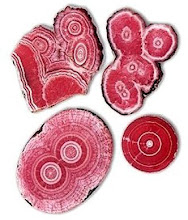
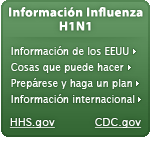

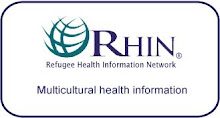




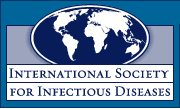




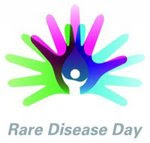
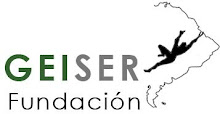














No hay comentarios:
Publicar un comentario